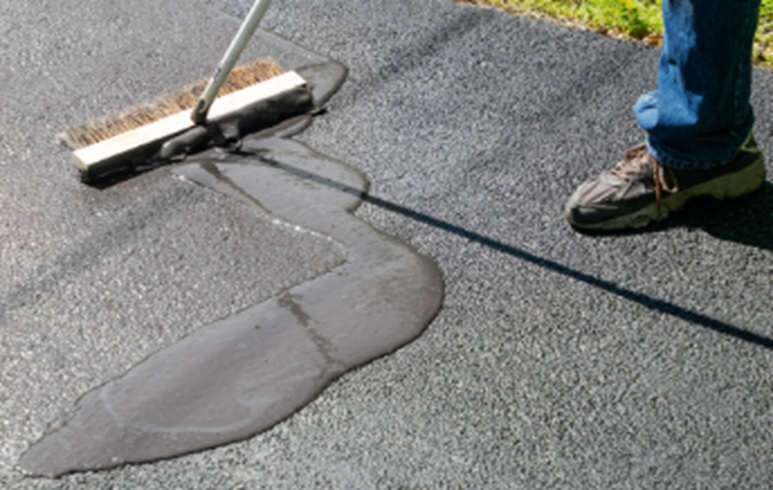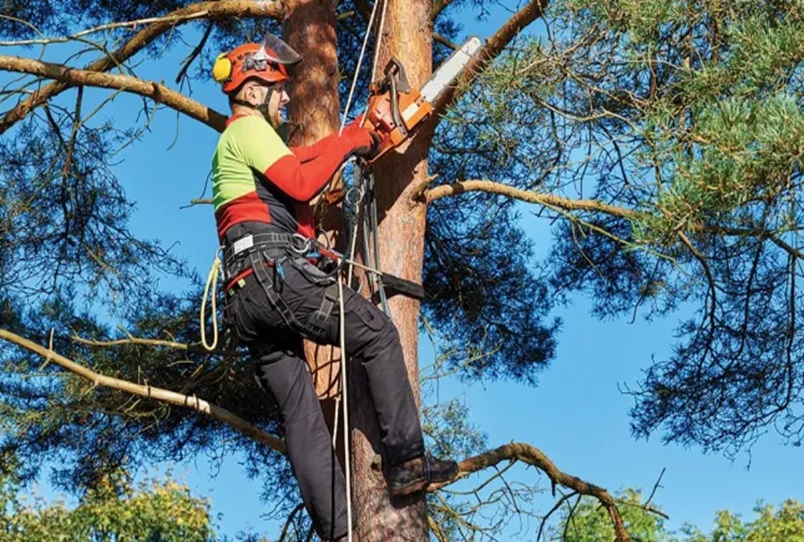CCTV systems are essential for security, offering peace of mind and an extra layer of protection for your property. However, just like any other technology, CCTV systems can become outdated over time, reducing their effectiveness. Regular upgrades are crucial to ensure that your system continues to perform at its best, providing top-notch security. In this article, we will explore how to get the most out of your CCTV system through regular upgrades, covering the benefits, considerations, and practical steps you can take to optimize your system’s performance.
1. Why Regular Upgrades Are Essential
CCTV technology, like all electronics, advances rapidly. Newer models come with improved features, higher resolutions, better image quality, and enhanced storage options. As your system ages, it may struggle to keep up with modern demands, leaving you vulnerable to gaps in security coverage. Regular upgrades ensure that your CCTV system evolves with the latest advancements, helping you maintain optimal performance and security.
Moreover, as security threats become more sophisticated, so too must your surveillance capabilities. Newer CCTV systems often come equipped with features such as facial recognition, motion detection, and automatic alerts, which are critical in responding to modern security challenges. Regularly upgrading your system can also help you avoid relying on outdated technology that may be more prone to failure, leading to costly repairs and downtime.
2. Stay Ahead with High-Resolution Cameras
One of the most important upgrades you can make to your CCTV system is to invest in higher-resolution cameras. As technology improves, camera resolutions have become sharper and more detailed. The standard for many CCTV systems today is 1080p (Full HD) or even 4K resolution. These high-resolution cameras offer a clearer image, which is crucial for identifying individuals or objects in surveillance footage.
Upgrading to higher-resolution cameras can significantly enhance the effectiveness of your CCTV system. For example, in low-light conditions or at a distance, a high-definition camera can capture clearer images than a standard-definition camera, helping to identify potential intruders more easily. High-resolution footage is also more useful when reviewing video evidence for criminal investigations.
If your current system is still using standard-definition cameras, upgrading to HD or 4K resolution should be a top priority. This simple change can have a significant impact on the quality and usefulness of your surveillance.
3. Leverage Advanced Analytics and AI Features
Artificial intelligence (AI) and advanced analytics have revolutionized the CCTV industry. Modern systems can now use AI to perform intelligent tasks such as face recognition, object detection, and even anomaly detection. By upgrading to a system with AI-driven capabilities, you can enhance your security measures and reduce the reliance on manual monitoring.
AI features in CCTV systems can automatically alert you to suspicious activity, reducing the time it takes to react to a potential threat. For example, systems equipped with motion detection can send an alert if an unusual movement is detected in a restricted area. AI can also analyze footage to identify specific patterns, such as recognizing an individual or tracking a vehicle, making your CCTV system not only more efficient but also smarter.
Upgrading to a system that incorporates AI-based features enables you to monitor multiple cameras simultaneously, saving you time and effort. As AI technology becomes more accessible, integrating these systems into your CCTV infrastructure is an investment that pays off in improved security and operational efficiency.
4. Upgrade to Cloud Storage for Remote Access
Another essential upgrade for modern CCTV systems is cloud storage. Traditional CCTV systems rely on physical storage devices, such as hard drives, which can become full, require regular maintenance, and are vulnerable to theft or damage. Cloud storage offers a more secure, reliable, and scalable solution. With cloud storage, your footage is stored off-site, providing an additional layer of security in case of a break-in or damage to your equipment.
Cloud-based systems also offer the convenience of remote access. You can view live footage or review historical footage from anywhere in the world, as long as you have an internet connection. This flexibility allows you to monitor your property in real time, receive instant alerts, and quickly access footage when needed. Additionally, many cloud providers offer automatic backups, ensuring that your data is protected and easily retrievable.
Upgrading to a cloud-based CCTV system can save you time and effort when it comes to managing your surveillance footage. You’ll no longer need to worry about running out of storage space or dealing with physical storage devices. Cloud solutions also provide increased security, as your footage is stored on secure servers and is less prone to physical damage or theft.
5. Improving Camera Placement and Coverage
As your property or security needs change, it’s important to reassess your CCTV system’s placement and coverage. Regularly reviewing and upgrading the positioning of your cameras can help ensure that your system is effectively monitoring the most critical areas. For example, over time, you may notice that certain areas, like blind spots or newly constructed sections, are no longer adequately covered. Upgrading your system’s camera placement can help eliminate these gaps and enhance security.
In addition, new camera models may offer improved field-of-view (FoV) capabilities, allowing you to monitor larger areas with fewer cameras. Pan-tilt-zoom (PTZ) cameras, for example, allow for greater flexibility in monitoring large or complex areas. Regular upgrades provide an opportunity to reassess your surveillance needs and adjust the system accordingly.
By making adjustments to camera placement and coverage, you ensure that your CCTV system continues to provide maximum security, even as your property and security needs evolve.
6. Maintain Software and Firmware Updates
Just as hardware upgrades are essential, so too are software and firmware updates. CCTV manufacturers frequently release updates to fix bugs, improve security, and add new features. Keeping your system’s software and firmware up to date is crucial for ensuring that your CCTV system is running at peak performance.
Software and firmware updates can also improve the integration of new technologies, such as AI analytics or cloud storage. Additionally, regular updates often include security patches that protect your system from cyber threats. Without these updates, your CCTV system could become vulnerable to hacking or other security breaches.
Regularly checking for and installing software and firmware updates is an easy but essential step to getting the most out of your CCTV system. It ensures that your system remains secure, effective, and compatible with the latest advancements in technology.
7. Consider Integration with Other Security Systems
As security technology becomes more interconnected, it’s beneficial to integrate your CCTV system with other security solutions, such as alarm systems, access control, and smart home devices. By upgrading your system to enable integration, you can create a comprehensive, synchronized security infrastructure that provides more comprehensive protection.
For example, your CCTV system can be linked to your alarm system to trigger automatic alerts in the event of a security breach. Similarly, integrating with access control systems allows you to monitor and control who has access to specific areas of your property. The more systems you can integrate, the more effective and streamlined your security measures will be.
Upgrading your CCTV system to enable integration with other security devices allows you to build a more robust and cohesive security network that maximizes protection and efficiency.
8. Consult a Professional for Tailored Upgrades
Finally, when upgrading your CCTV system, it’s a good idea to consult a professional security provider. Experts can assess your current system, recommend the best upgrades based on your specific needs, and ensure that the installation process is carried out smoothly. With professional guidance, you can make informed decisions that align with your security goals and budget.
A professional can also help with system configuration, ensuring that your cameras are positioned optimally, software is updated, and the system is properly integrated with other security devices.
Conclusion
Regularly upgrading your CCTV system is essential for maintaining optimal performance and ensuring your property remains secure. From improving camera resolution and adding AI-driven features to embracing cloud storage and better camera placement, each upgrade contributes to a more effective and efficient security system. By staying proactive and investing in upgrades, you’ll ensure that your CCTV system continues to meet your evolving security needs and provides reliable protection for years to come.






